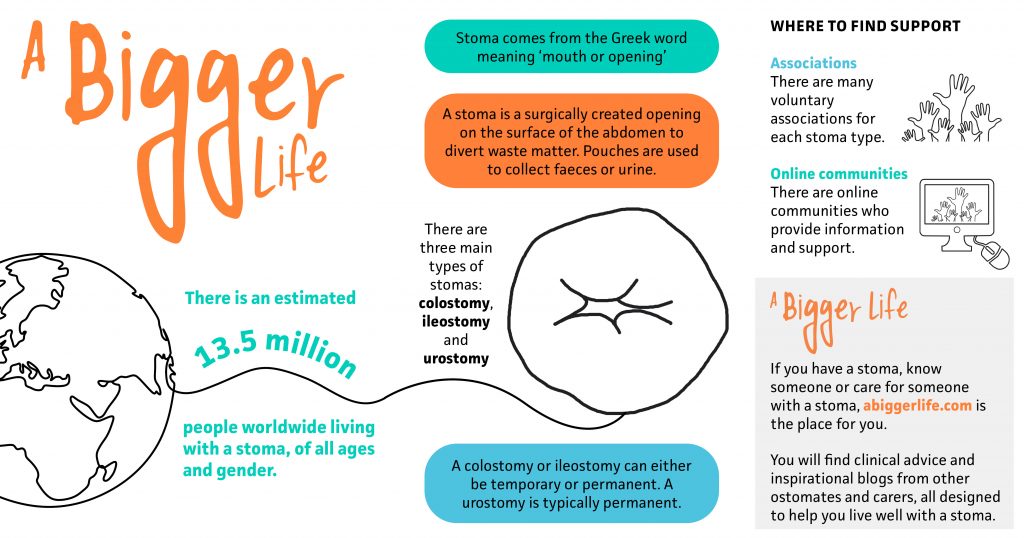
What is a balanced diet?
Hear from Sinead our Dietician and Nutritional Advisor
What is a balanced diet
My name is Sinead McParland, I’m a dietician and nutritional adviser for the Eakin Group, in this article I want to talk to you about what is a balanced diet. As a dietitian, we base all our advice round a balanced diet. Using the Eatwell guide, as our tool. So the Eatwell guide helps us to get a balance of more sustainable foods, and it shows how much of what you eat overall should come from each of the food groups. If you’re interested in seeing what the Eatwell guide looks like you can have a look at what it is and what the different food groups are by visiting The EatWell guide.
Starchy foods
After you’ve had your surgery, what we’re aiming for is for you to get back to a balanced diet. The first food group we’ll talk about is our starchy foods. These are our main source of energy, vitamins and our fibre, and this should be our biggest food group. This is one that we should have every day. Foods in this group include things like breads, pasta, rice, noodles, potatoes, sweet potatoes, maize, millets, corns, breakfast cereals and oats. Again, stressing that you should be taking food from this food group every day.
Protein foods
These foods provide us with our protein, which is the building blocks of our body, it also provides our vitamins, minerals and is a high source of iron. We should be aiming to take two portions of these foods each day. This includes meats, beef, pork, liver, kidney, lamb, poultry, chicken, turkey, fish, eggs, beans, baked beans, peas, lentils, even meat alternatives, such as corn and tofu are included in this group.
Dairy products
Dairy products are the main source or a good source of calcium, which is important for healthy bones. And we’re aiming to take a half to one pint of milk per day or its equivalent in cheese and yoghurt. So one cup of milk contains the same amount of calcium as one small carton of yoghurt or a 30 gram piece of cheese. Choosing even if you have to, the lower fat options whenever you can.
Fruit and vegetables
These are your your source of fibre and a full range of your vitamins and minerals which are essential for good health, choosing a minimum of five portions of fruit and veg a day. A portion will be the same as a tablespoon of vegetables or small sallad, a piece of fruit such as an apple or banana, two tablespoons of your stewed fruit or a small glass of fruit juice. You can have these fruits peeled or unpeeled, tinned fruits in their own natural juice, stewed or pureed. Fruit juices and preferably unsweetened ones, and also your vegetables, even if they’re in a soup or casserole.
Fats and oils
These are a good source of energy, but we want to ensure that we take our fats and oils sparingly in our diet because too much fat is obviously not very good or very healthy. So things like butter, margarine, low fat spreads, cooking oils, mayonnaise and salad dressings would fall into this group.
Fats and sugars
It is important to have a varied diet and it’s important to enjoy your food. So having these sorts of foods in smaller portions or smaller amounts, watching the fat and the sugar, like cakes, biscuits, chocolate, sweets, puddings, ice creams, crisps, even sweetened drinks and sugar all fall into this group. As mentioned it is important that you enjoy your food, so choose a varied diet from each of your food groups. However, if you feel that you are not meeting any of these food groups or you’re not tolerating any of the foods in these groups, it is important that you speak to your dietician, your stoma nurse or your GP if you have any concerns. But this is what we want to base our balanced diet on and this is where we want to be, as you start to recover after your surgery.
You might be interested in:
Related Advice
Do you have a story you want added to A Bigger Life?
Submit your own story and we will get back to you.

